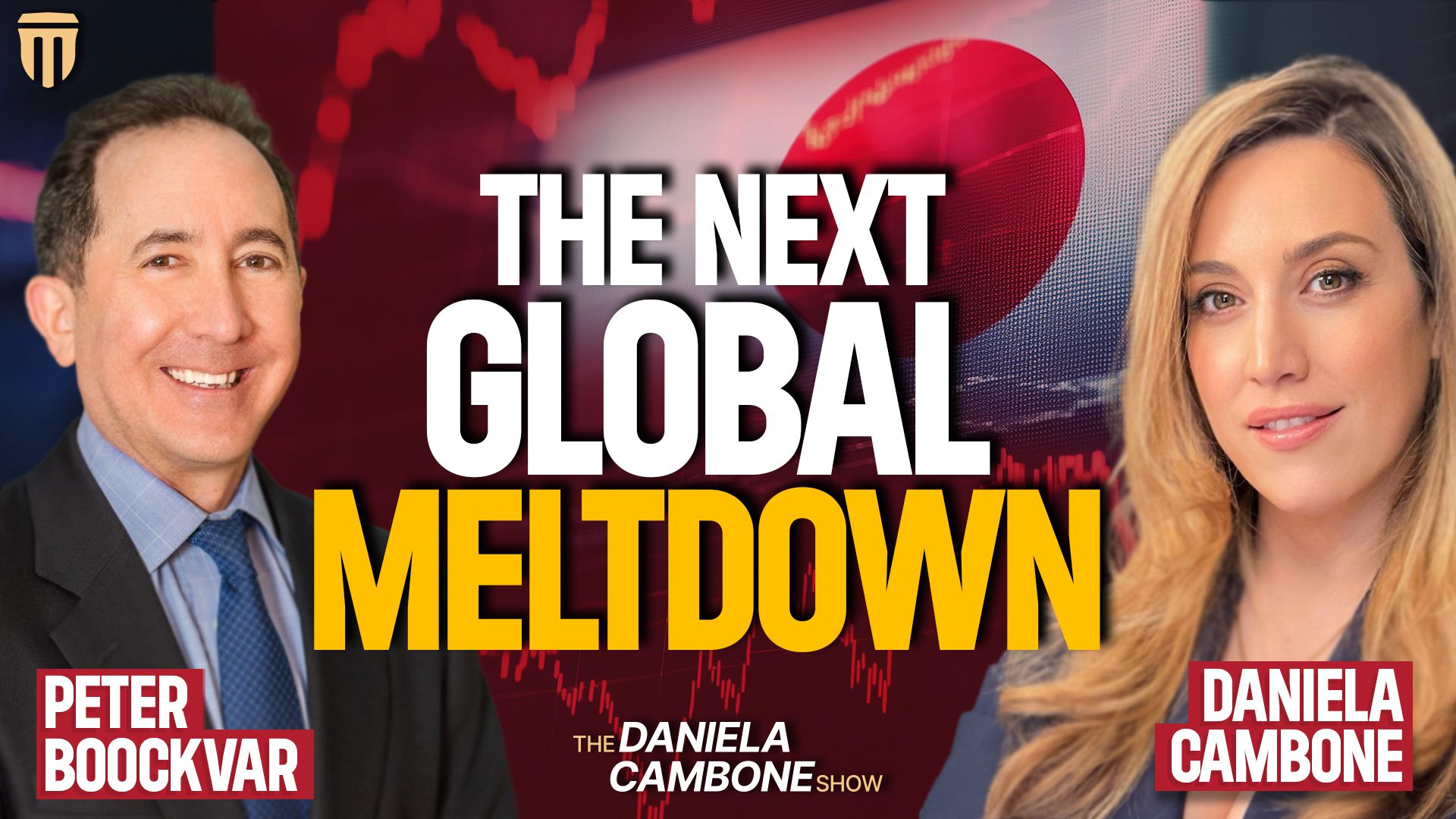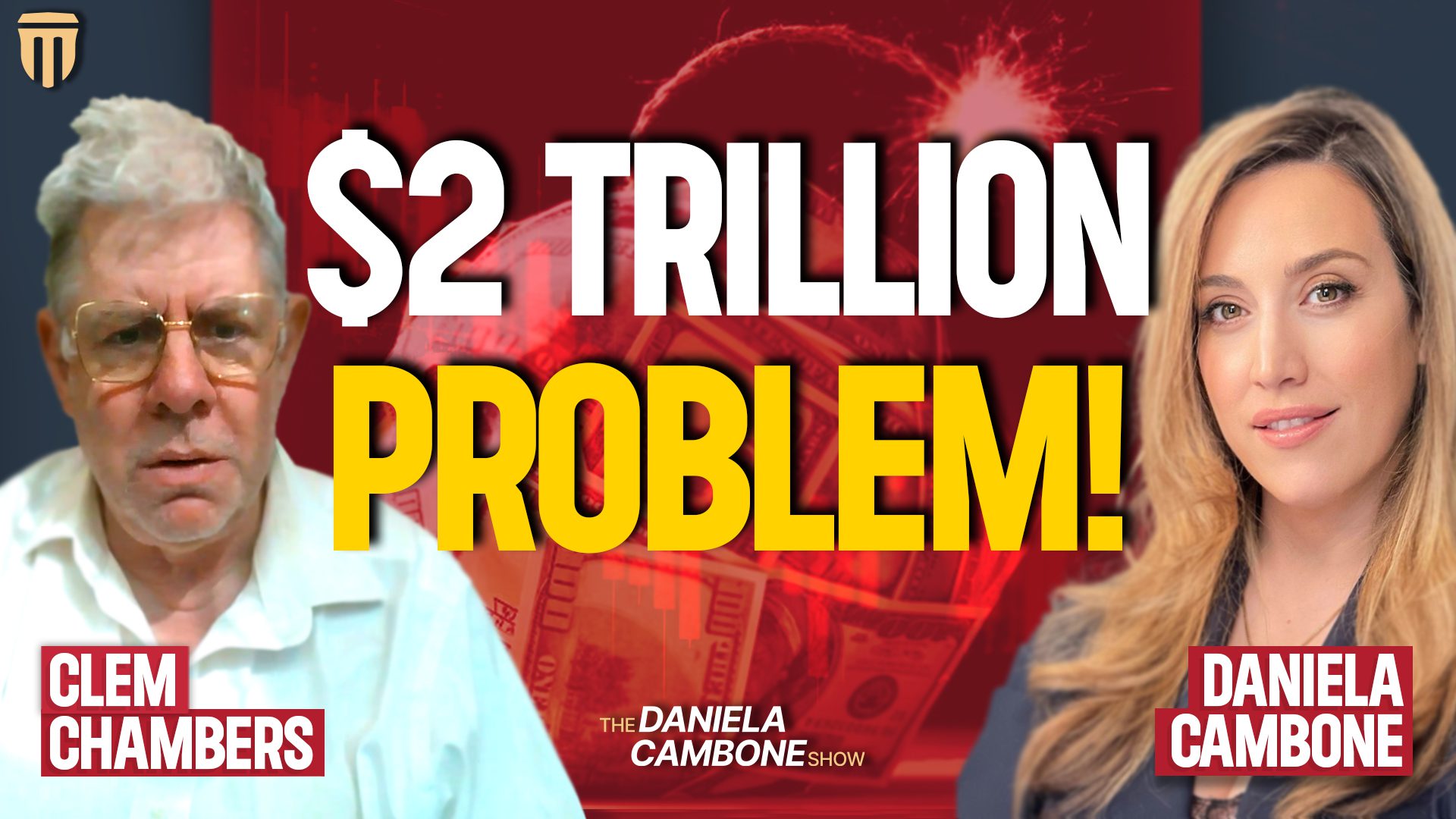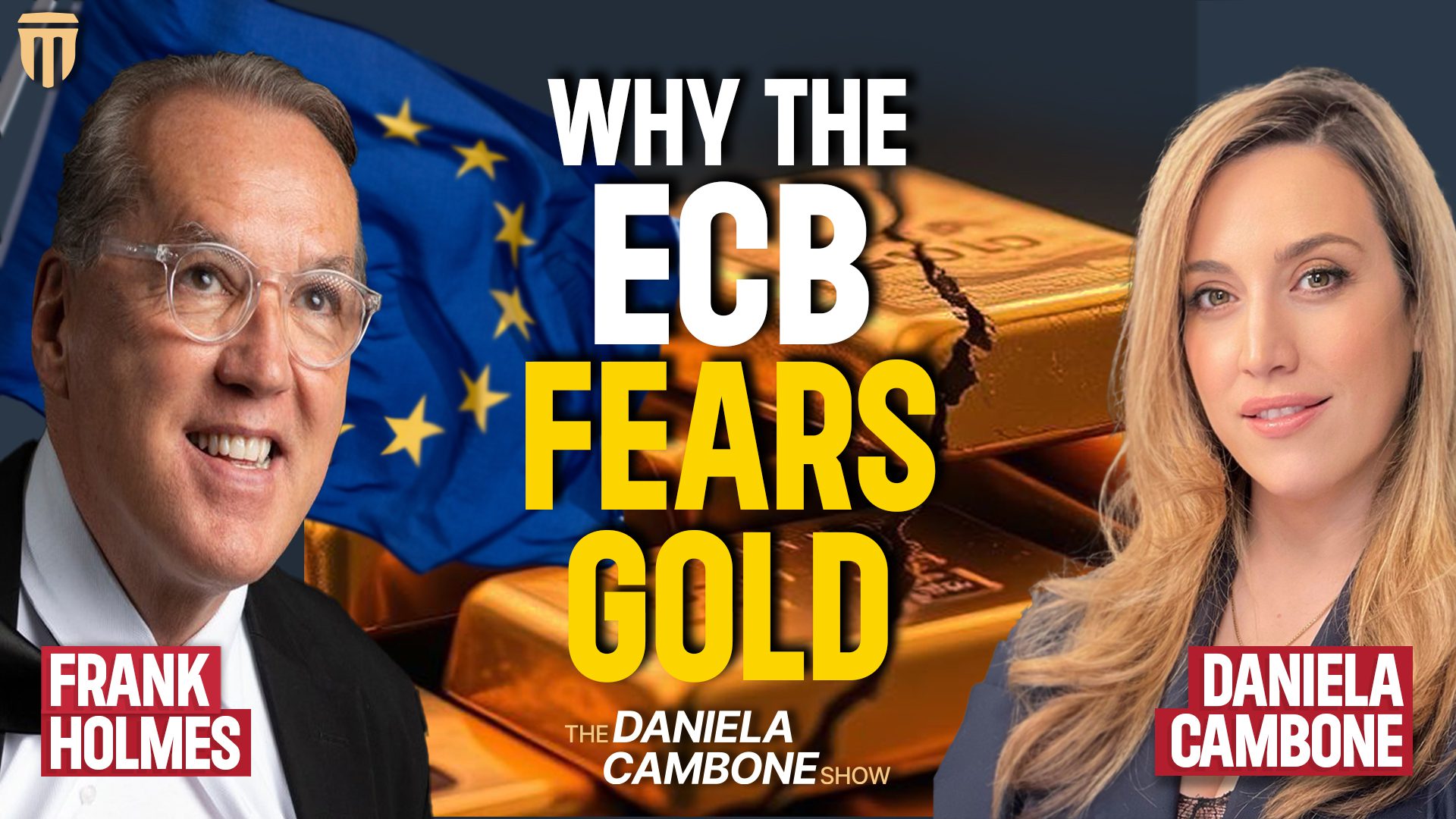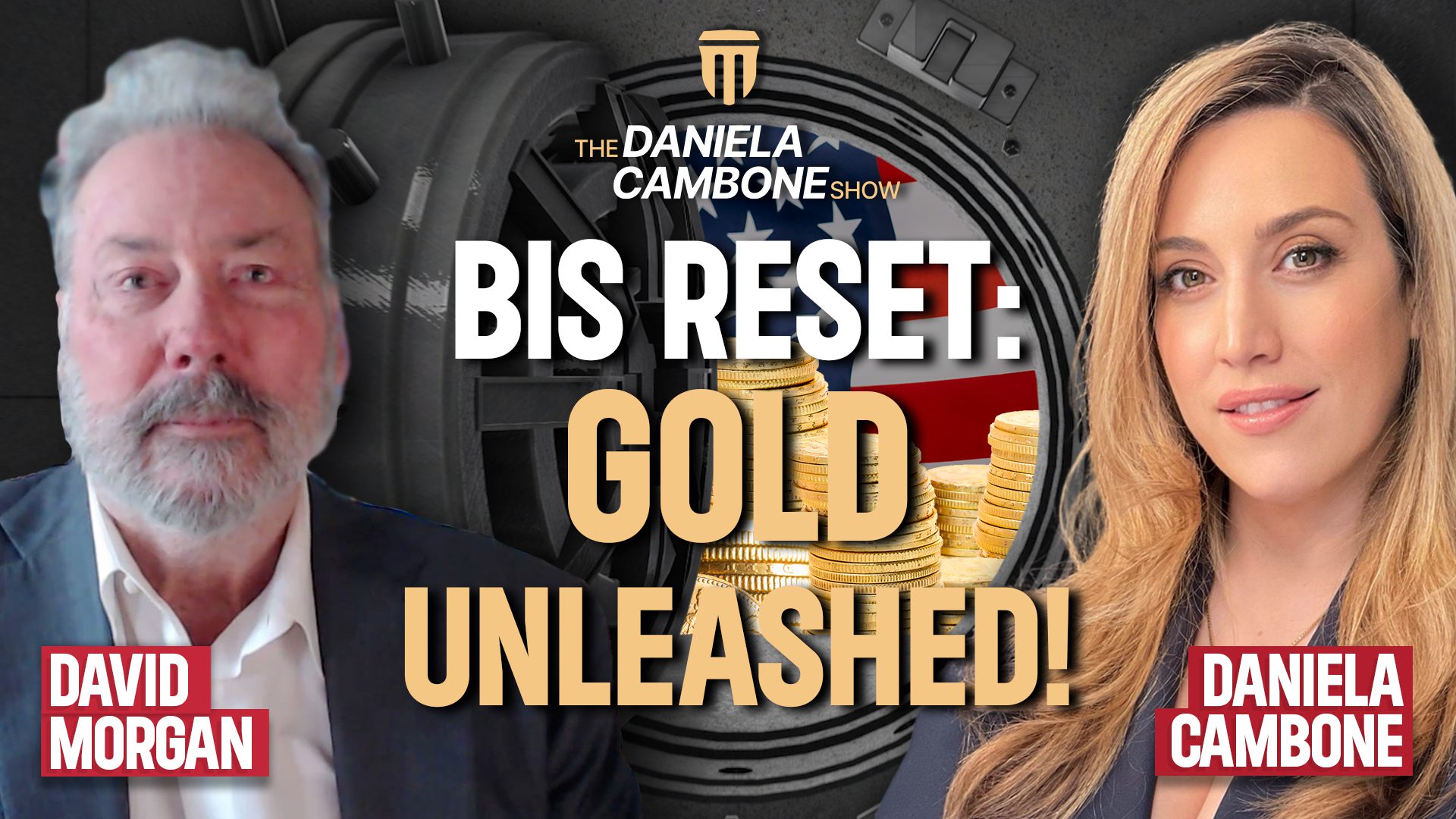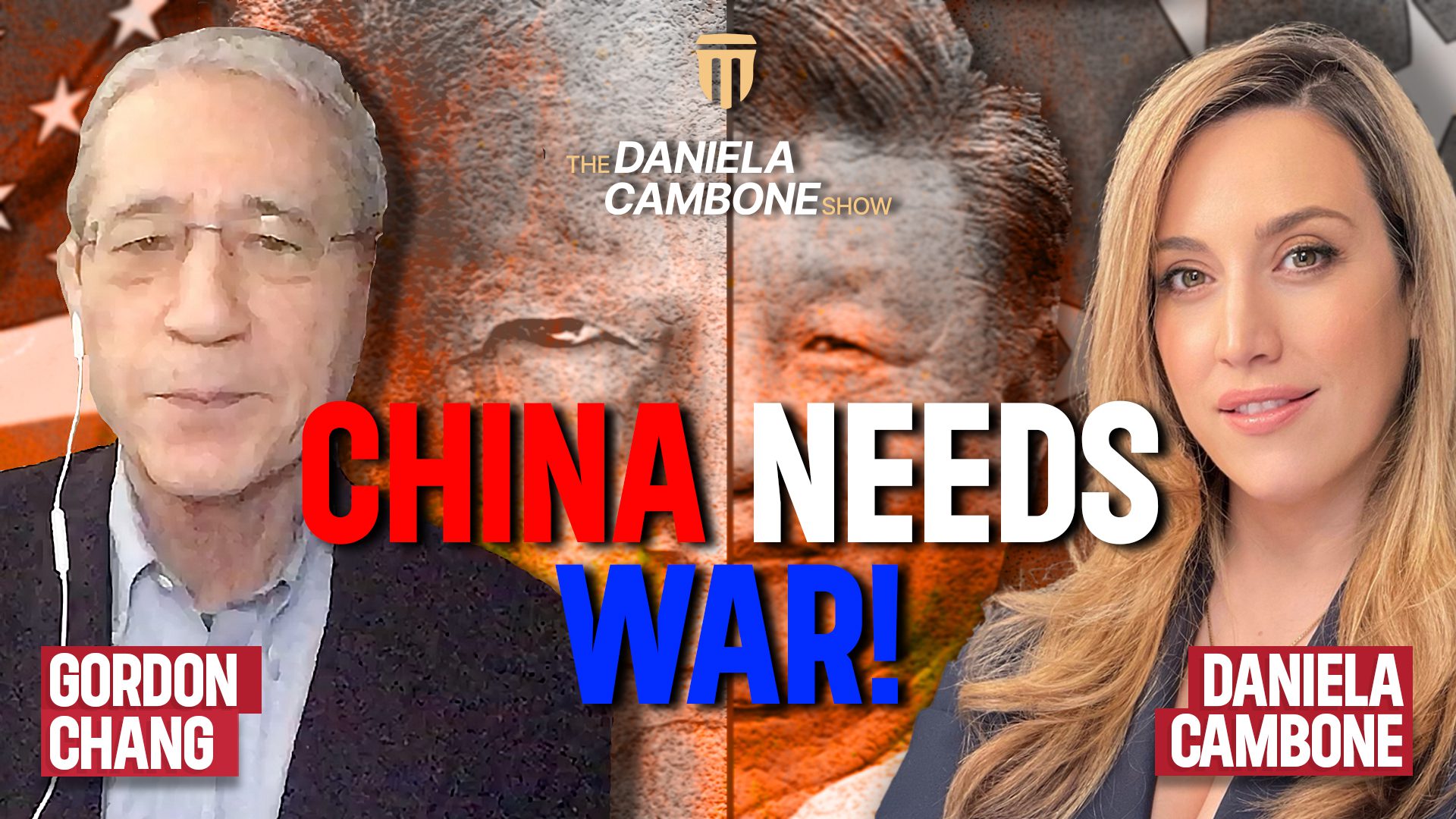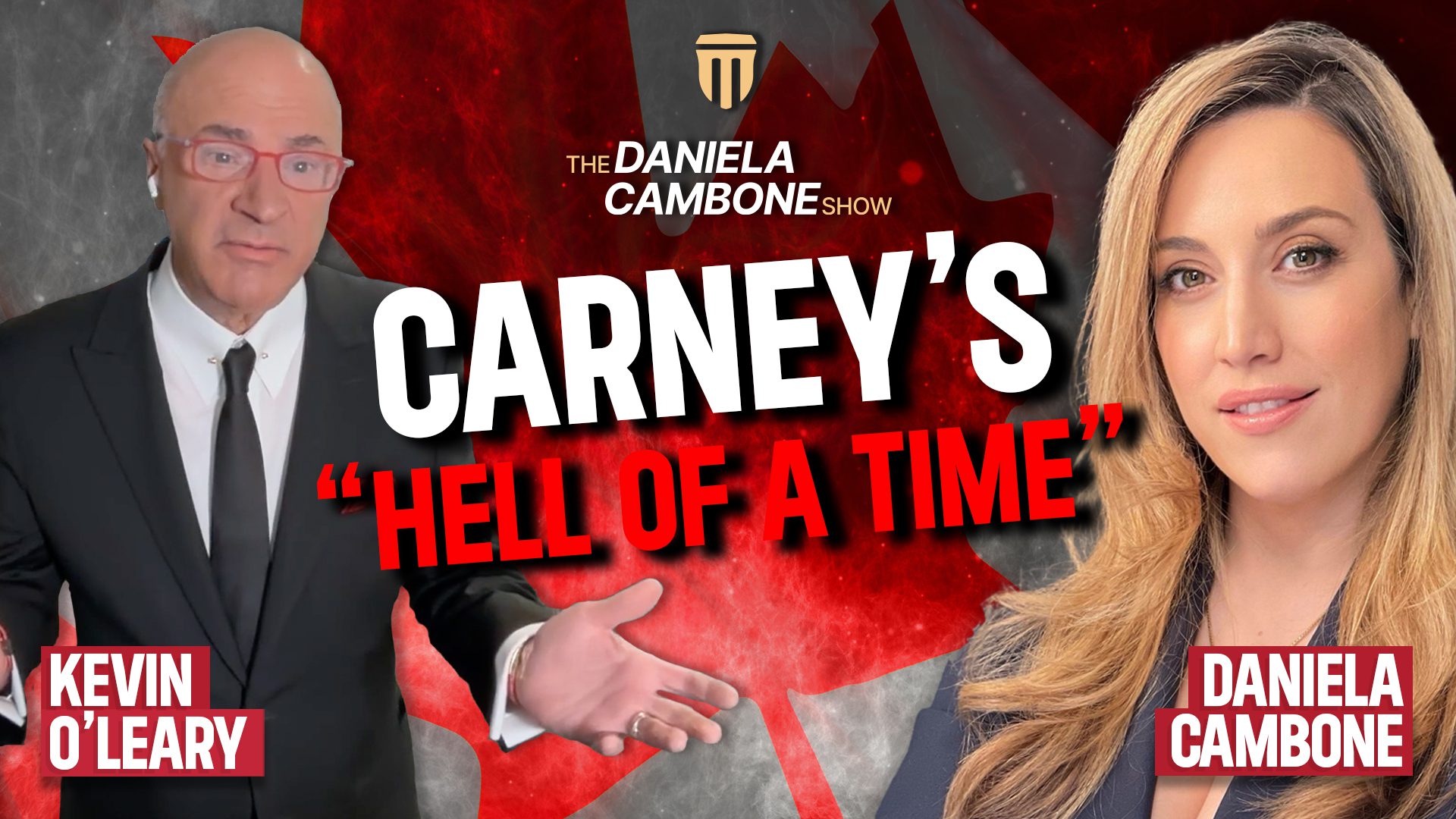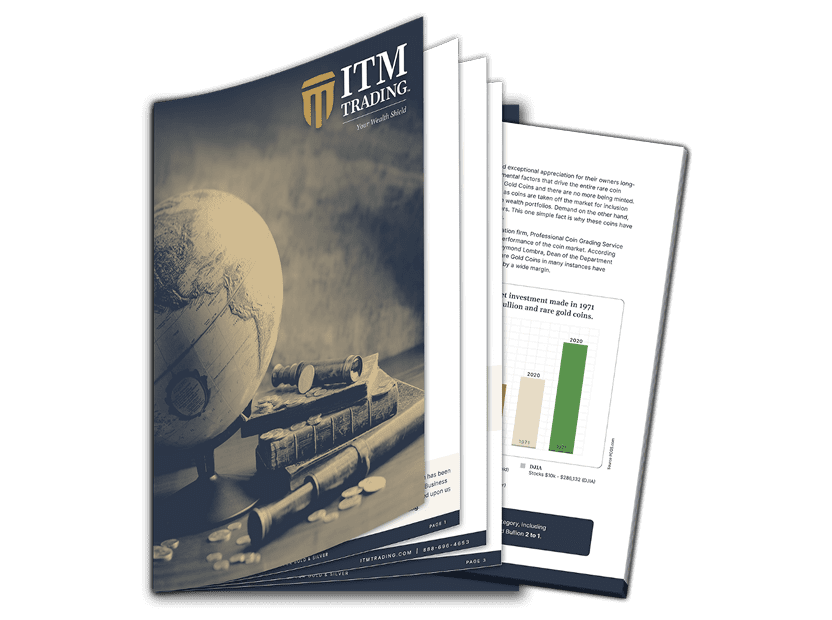Gold ETFs More Expensive to Own Long-Term than Physical Gold

George Soros, world famous investor and gold lover, increased his holdings of SPDR Gold Trust (GLD) last quarter by 0.5%. GLD is the largest gold ETF in the world with over $52 billion in the fund. It is liquid, tracks the gold spot price and has low spreads but as a long-term investment the costs can run very high. In short, the longer you hold your gold investment the more it favors physical bullion, and vice versa, the shorter you hold it the more it favors ETFs.
Gold ETFs have costs that add up in a few different ways. Number one, you have to buy them like a stock so you have to pay a per trade fee which can range anywhere from $5 per trade to 5 cents per share depending on the broker you use. You also have to pay the prevailing spread which averages around 11 cents per share. Then the kicker, you have to pay the annual expense ratio of .4%. In all you have to pay to buy and sell plus you have to pay an annual fee (for every $100,000 the annual fee is $400).
This is where in the long-term it can cost a lot more to own an ETF. The longer you hold it the more you pay in aggregate. You are also subject to counterparty risk, meaning that if there was some kind of crisis good luck getting your physical gold. With physical gold you will pay a spread buying and selling and a minimal fee to store it (bank safe deposit box), unless of course you store it yourself which is free.
If you are merely looking to speculate on the price of gold short-term then GLD is a good option for you. But if you are using gold as an asset inflation hedge or an insurance policy in the event that something drastic happens to the dollar, world or economy, or you are looking for long-term growth, then physical gold is your best bet.
Soros owns more than $724 million worth of gold ETFs and he is paying more than $2.7 million per year for the privilege. All of that expense could be eliminated just by converting to physical gold. Maybe he doesn’t want to store it, or maybe he likes the liquidity of it but he certainly could be saving a fortune by switching to physical gold like David Einhorn did with his $400 million position in 2009.
